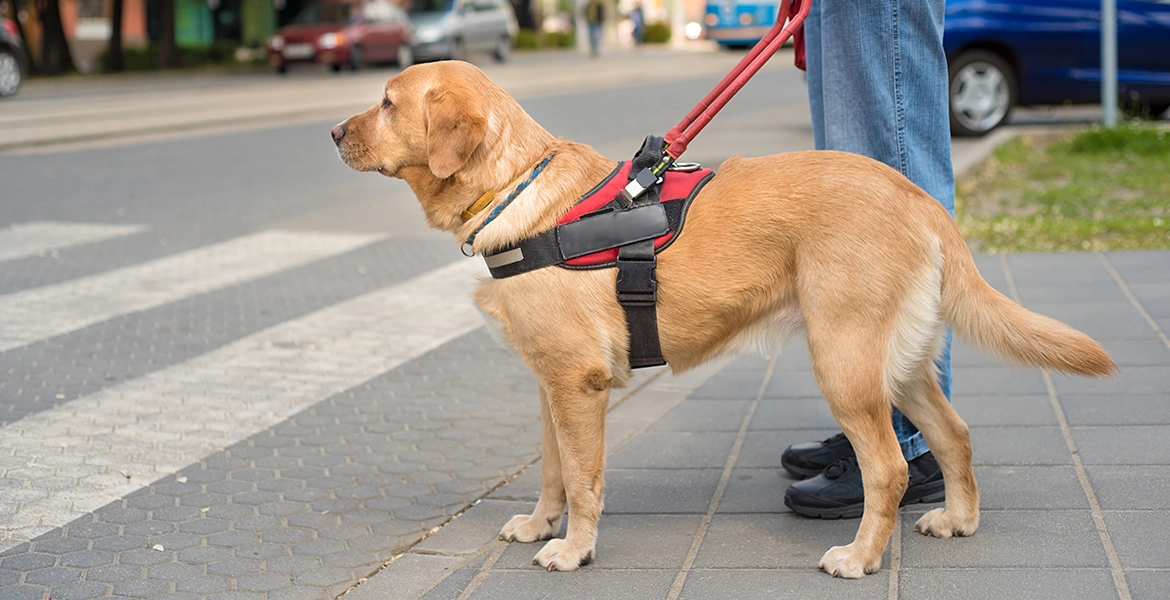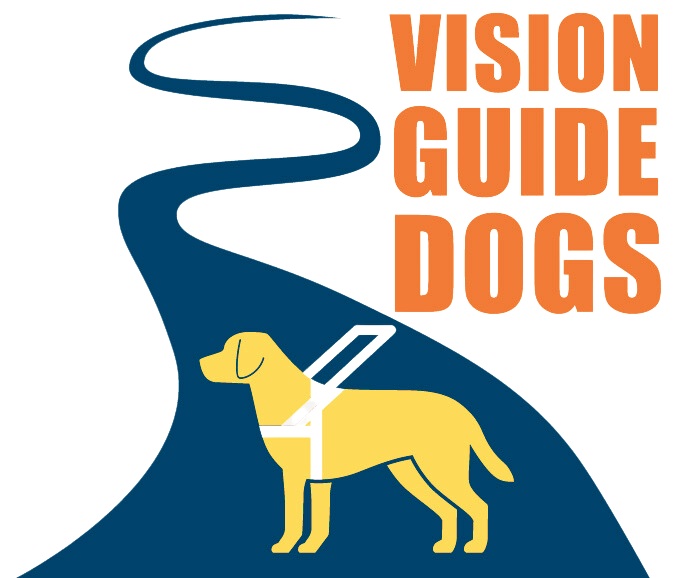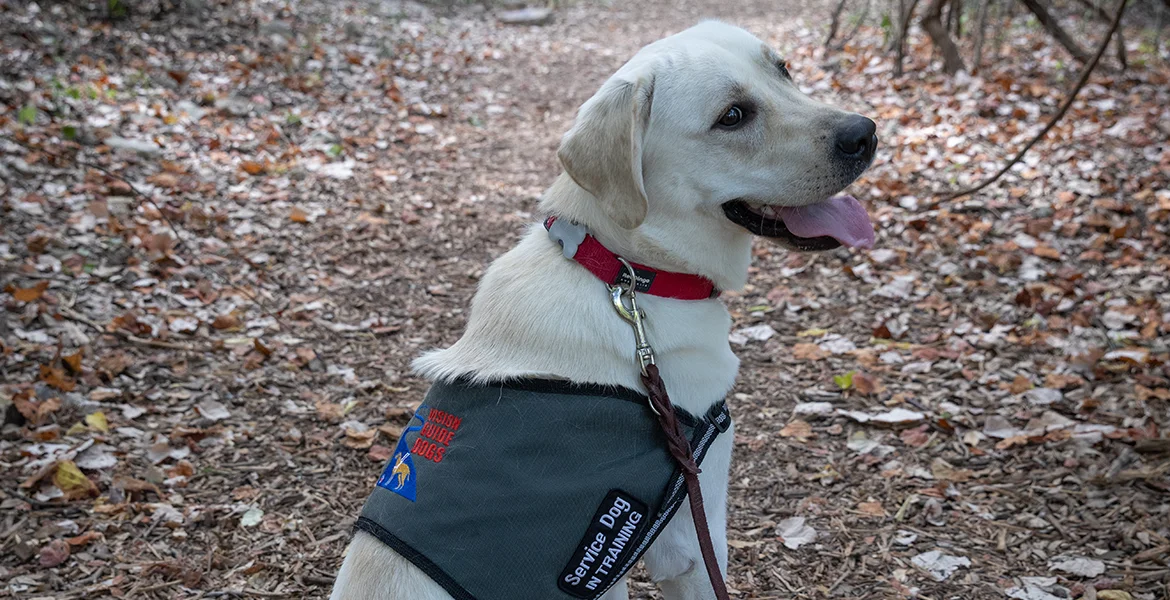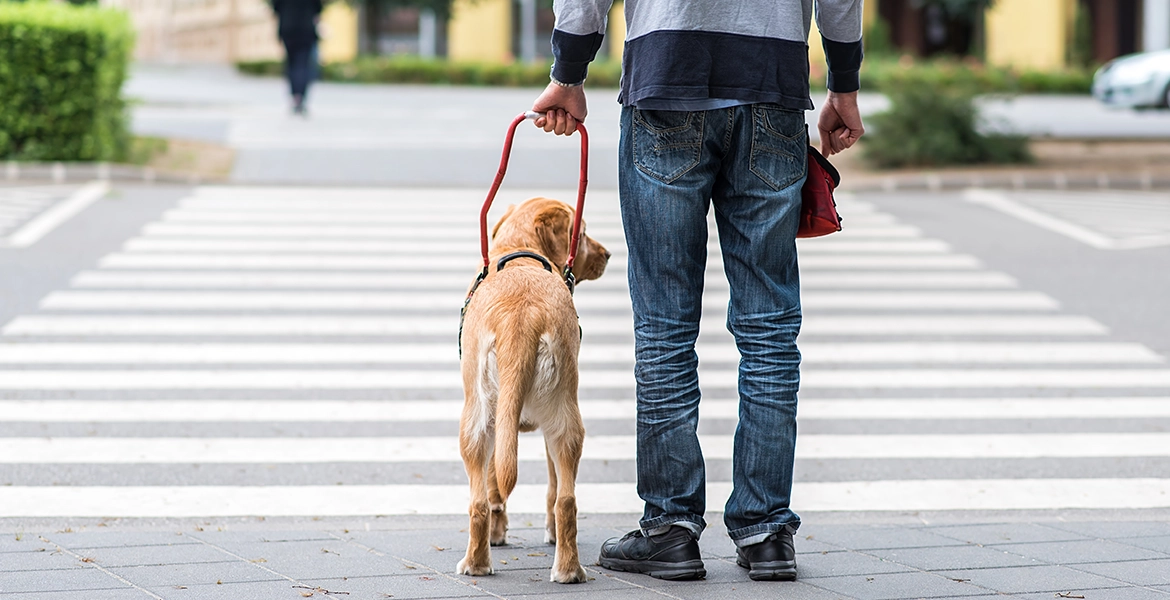
Service dogs, particularly those trained to assist the visually impaired, are more than just loyal companions. They are highly trained professionals that play a critical role in ensuring the safety and independence of their handlers. While these dogs are indeed admirable and often attract attention, it’s essential to understand how to behave around them, especially for children who might be naturally curious.
Understanding Service Dogs for the Blind
A service dog for the blind, often termed a “guide dog,” is trained to help visually impaired individuals navigate their surroundings. These dogs are the eyes for those who cannot see, ensuring their handlers can move about safely and confidently. The bond between a guide dog and its handler is one of deep trust, and any interference can disrupt this trust and potentially endanger the handler.
How to Act Around Guide Dogs: Dos and Don’ts
- Do Not Distract: Always remember that when a guide dog is in its harness, it’s “on duty.” Avoid calling, petting, or trying to play with the dog. Distractions can prevent the dog from performing its job correctly, which can be dangerous for the handler.
- Ask Before Interacting: If you or your child are curious about the dog, always ask the handler for permission before interacting. Some handlers might be open to letting you pet their dog when it’s not working, while others may prefer you don’t.
- Educate Children: Children are naturally curious and might want to approach and pet the dog. It’s crucial to teach them about the importance of service dogs and why they shouldn’t be distracted. A simple explanation like, “That dog is helping someone see, just like your glasses help you read,” can make it relatable for a child.
- Give Space: When walking near a guide dog and its handler, ensure you give them enough space. Avoid walking directly in front of them or cutting them off, as this can be disorienting for the handler.
- Do Not Offer Food: Never offer food or treats to a guide dog. They are trained to avoid food distractions, and feeding them can disrupt their training.
- Stay Calm: If your pet is around a guide dog, ensure it’s calm and not aggressive. An aggressive pet can be a significant distraction and pose a danger to the guide dog and its handler.
Service dogs for the blind play a pivotal role in ensuring the safety and independence of visually impaired individuals. While the dedication and skills of these dogs are indeed commendable, it’s equally important for the public to understand and respect their role. By educating ourselves and our children, we can ensure that these incredible canines can perform their duties without hindrance, making the world a more accessible place for everyone.




